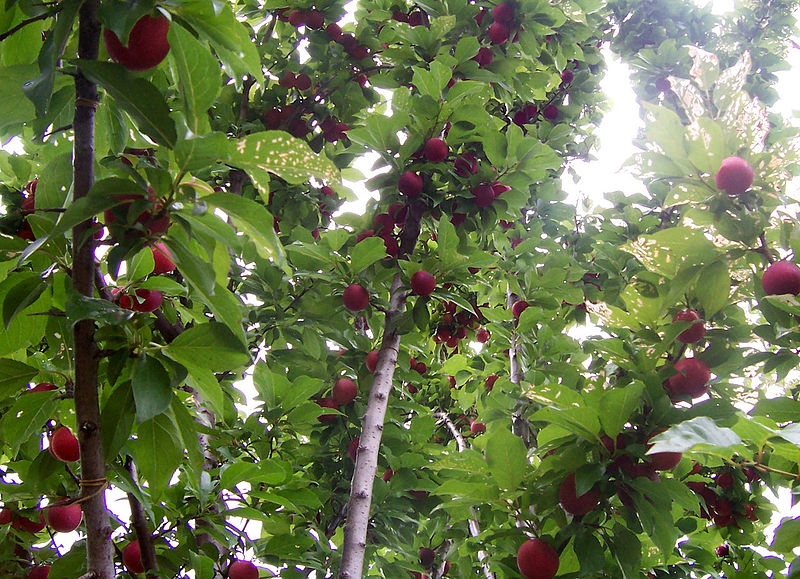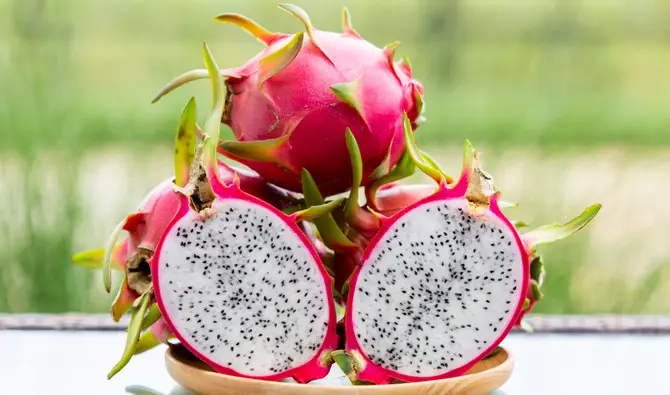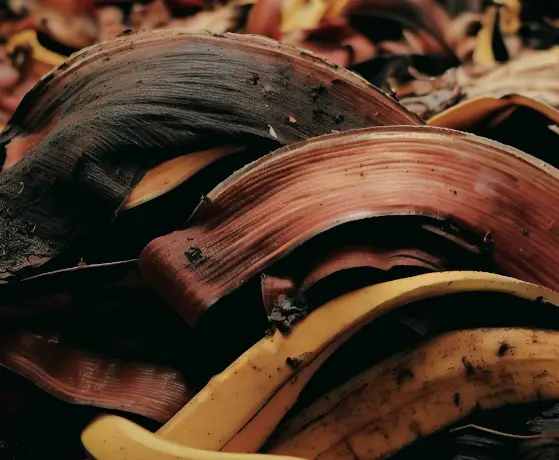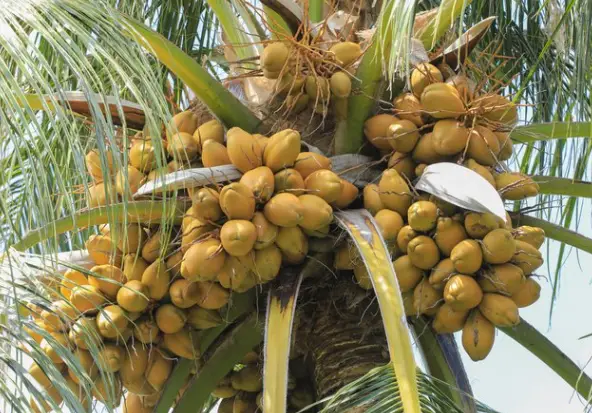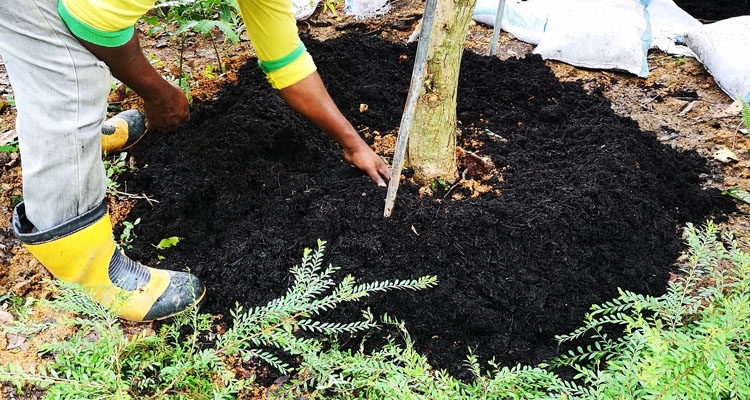Seeing yellow leaves on your blueberry plants can be a sign that something’s wrong. They might not look good, and it could mean fewer berries. But don’t worry! We’re here to help with reasons why this happens and how you can fix and prevent it.
Blueberries are a favorite for many gardeners, but sometimes their leaves start turning yellow. This issue can make the plants less healthy and cut down on the number of berries you get.
In this detailed guide, you’ll learn why blueberry leaves turn yellow, what you can do about it, and how to stop it from happening again so that you can enjoy healthy blueberries all year long.
Table of Contents
- Common Reasons For Yellowing Blueberry Leaves
- Why Blueberry Leaves Might Turn Yellow
- Lack of Nutrients
- Disease and Fungus Problems
- Bug Problems
- How To Prevent Yellow Leaves On Blueberry Bushes
- Getting the Soil Ready
- Watering Right
- Checking For Pests and Illness
- General Care
- Frequently Asked Questions (FAQs)
- How can I tell if my blueberry bushes have a nutrient deficiency?
- Can yellowing leaves on blueberry bushes be caused by over-fertilization?
- What should I do if my blueberry bushes have powdery mildew?
- How often should I water my blueberry bushes?
- Can I prevent yellowing leaves on blueberry bushes?
- How do I know if my blueberry bushes have a pest infestation?
- What is the best way to prune blueberry bushes?
- How do I lower the pH of my soil for blueberry bushes?
- Is there a particular type of soil that blueberry bushes prefer?
Common Reasons For Yellowing Blueberry Leaves
Yellow leaves on blueberry bushes can come from several things like missing nutrients, sickness, or bugs. Figuring out the exact problem is key to fixing your yellow leaves.
Why Blueberry Leaves Might Turn Yellow
There are a few main things that can turn blueberry leaves yellow. Let’s look at what they are, the signs you’ll see, and how to make things better:
Lack of Nutrients
Not Enough Iron
- What it looks like: Leaves turn yellow between the veins, which stay green, and you might also see brown spots.
- Why it happens: The soil might be too alkaline, not great for growing, or just lacking iron.
- What to do: You can add iron sulfate or special iron to the soil, make the soil more acidic with sulfur or peat moss, and use organic foods for plants.
Not Enough Magnesium
- What it looks like: Yellow areas between green veins on the leaves, which may also curl up.
- Why it happens: The soil is too acidic, there’s not enough magnesium, or maybe too much potassium from fertilizers.
- What to do: Spread Epsom salt or magnesium sulfate on the soil, add a type of lime called dolomitic limestone to the soil, and try not to over-fertilize.
Disease and Fungus Problems
White powder disease (Powdery Mildew)
- What it looks like: A whitish powder on leaves, yellowing, and slow growth.
- Why it happens: A fungus grows, especially in damp air.
- What to do: Trim off sick parts of the plant, use anti-fungus sprays, and make sure there’s good air flow around your plants.
Other Types of Fungus
- What it looks like: Yellow leaves with brown spots or patches.
- Why it happens: Fungi grow when it’s damp.
- What to do: Just like with powdery mildew, trim, use sprays, and make sure plants have air space.
Bug Problems
- What it looks like: Yellowing leaves and sometimes damage like holes or spots.
- Why it happens: Bugs are eating or hurting the plants.
- What to do: Use bug-killing sprays, attract bugs that eat these pests, and keep air flowing too.
It’s not always easy to tell what’s causing yellow leaves because lots of the symptoms look the same. A test of the soil might help find any nutrient problems or pH issues.
How To Prevent Yellow Leaves On Blueberry Bushes
Stopping yellow leaves means getting the soil ready the right way, watering properly, and checking for bugs or sickness. Here’s what you can do to keep your bushes healthy:
Getting the Soil Ready
- Check the pH and food in the soil before you plant anything.
- Improve the soil with things that break down, like compost or manure, to make it more fertile and better for plants.
- Use sulfur or peat moss to make the soil more acidic, which blueberries like. Their ideal soil pH is between 4.0 to 5.2.
- Feed your plants according to the soil test and take care not to give them too much.
Watering Right
- Make sure to water your blueberry plants during the growing season, and don’t forget to provide more water when it’s really dry.
- Using drip watering or hoses on the ground helps avoid wet leaves that can get sick.
Checking For Pests and Illness
- Look over your plants often for bugs like aphids or spider mites. Use bug sprays or bring in other bugs that eat pests as needed.
- Watch for signs of fungus like powdery stuff or sick parts and treat with special sprays or cut away the bad bits.
General Care
- Each year, trim down the blueberry plants to take off dead or ill branches. This helps the plant breathe better and grow stronger.
- Pile up mulch around the plants to keep the soil damp and stop weeds from coming up.
By doing these preventive steps, you’re less likely to see yellow leaves on your blueberry bushes. You’ll be able to grow more and healthier berries too.
Frequently Asked Questions (FAQs)
How can I tell if my blueberry bushes have a nutrient deficiency?
If your blueberry bushes are lacking nutrients, you might notice several signs. The leaves could turn yellow, the plants might not grow as much, and you could see brown spots or patches on the leaves. To figure out exactly what nutrients are missing, a soil test can be very helpful. This test will tell you which nutrients are low and how much you need to add to the soil.
Can yellowing leaves on blueberry bushes be caused by over-fertilization?
Yes, giving your blueberry bushes too much fertilizer can cause the leaves to turn yellow. This happens because too many nutrients can create an imbalance in the soil, and this can even be toxic to the plants. It’s best to use the right amount of fertilizer, as recommended, and apply it the way it’s supposed to be done. This way, you can avoid giving the plants too much.
What should I do if my blueberry bushes have powdery mildew?
Dealing with powdery mildew on your blueberry bushes involves a few steps. First, cut away parts of the plant that are infected. Then, make sure that there’s enough space around the plants for air to move freely; this helps lower moisture, which the mildew likes. You can also use certain sprays that kill fungi, known as fungicides. Just be sure to use them safely and at the right times, following the instructions carefully.
How often should I water my blueberry bushes?
During the growing season, it’s a good idea to give your blueberry bushes water regularly, aiming for about 1 to 2 inches each week. But how often you need to water them can change based on the type of soil you have and the weather in your area. Pay attention to these conditions and adjust your watering schedule as needed.
Can I prevent yellowing leaves on blueberry bushes?
You can stop the leaves on your blueberry bushes from turning yellow by taking care of a few important things. Keep the soil in good shape, water the plants the right amount, and give them the right kind of fertilizer. Also, keep an eye out for bugs or diseases and trim the bushes to help them stay healthy and grow well.
How do I know if my blueberry bushes have a pest infestation?
If bugs are attacking your blueberry bushes, you may see leaves that are twisted or the wrong shape, or leaves that are turning yellow or brown. There might also be webs on the bushes, and you might even see the bugs themselves or their eggs. Checking your plants often and dealing with any bugs early on can keep them under control.
What is the best way to prune blueberry bushes?
Pruning your blueberry bushes the right way is important. Start by cutting off parts that are dead or look sick. Then, get rid of branches that are too close to each other to let light and air reach all parts of the plant. This also encourages the bushes to grow new branches. The best time to do this is in the last part of winter or the beginning of spring, right before the new growth starts to show.
How do I lower the pH of my soil for blueberry bushes?
If you need to make the soil more acidic for your blueberry bushes, you can add elemental sulfur or peat moss to it. The directions on the package will tell you how much to use. It’s very important to keep checking the soil’s acidity level to make sure it stays between pH 4.0 and 5.2, which is the best range for blueberry plants.
Is there a particular type of soil that blueberry bushes prefer?
Yes, blueberry bushes do best in soil that drains well and is acidic, with a pH between 4.0 and 5.2. They also like soil that has a lot of organic stuff in it and plenty of nutrients, especially nitrogen, phosphorus, and potassium.
